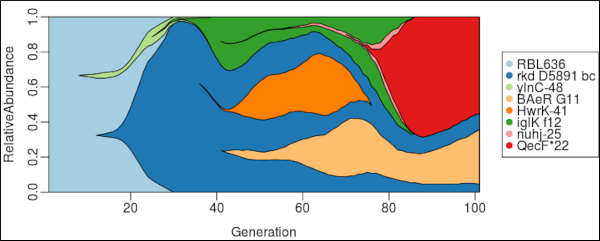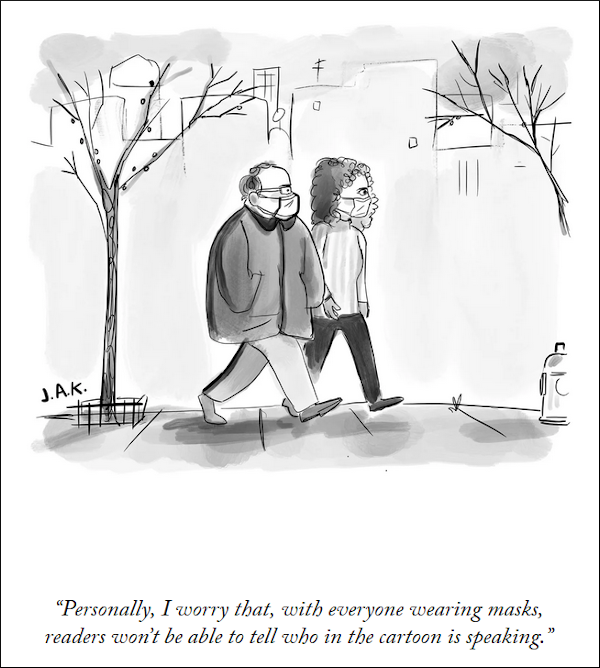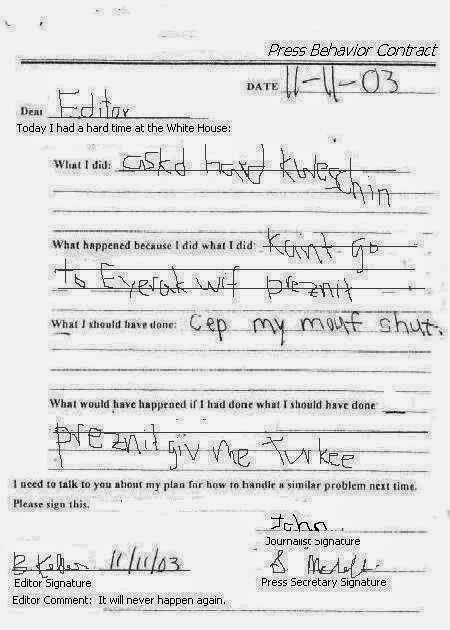Information
The Hellscape That Is Facebook
Scott Galloway: Rick, over the last decade, I was fascinated when you were talking about media mix. If you had a hundred bucks to spend on media, how has that mix changed in terms of where you spend that money? And if you could only go with one platform or channel to spend money, what would that be?
[Rick] Wilson: Twenty years ago, obviously the mix was 99 to 1. Or 99.5 to …
Galloway: TV?
Wilson: For TV.
Galloway: Even direct mail?
Wilson: Direct mail as a persuasion tool has been dead for decades. Direct mail is good for raising money. And even that is dying off.
Galloway: So, it was all TV. What is it now? You got a hundred bucks. Where do you spend it?
Wilson: If I have a hundred bucks right now, I spend 30 bucks on cable, I spend 35 bucks on digital, I spend 15 on broadcast. And then I do a mix of other stuff out there, depending on the market and the audience. There are still markets in this country that are great for radio. It’s insane.
Galloway: What platform has the best tools? I think I know what the answer is going to be.
Wilson: The hellscape that is Facebook is the most meaningful tool of political manipulation ever devised in the history of all mankind.
-- "How the Lincoln Project Gets Into Trump’s Head," New York Magazine, July 21, 2020
The Hellscape That Is Facebook Read More »
News You Can’t Use
Fire Victims Are Turning their Attention to the Future:
Caitlin Marchetti, 23, of Guerneville, decided not to evacuate Saturday or Monday.
She and her boyfriend, Jamie Miller, 31, went to a supermarket on Sunday to see how gas stations would handle the logistics of transporting gas after the Tubbs Fire burned down some stations. The emergency gas sign near a Chevron gas station still read: “Due to extensive damage due to #shelter-in-place status please pull into only required drop off locations until resumption of services.â€
Ms. Marchetti was unsure how the stations would work in the long term. But she said in the meantime, she was happy to be safe.
There is a “sunny spot†on her family’s property in Sonoma County, she said, in a reservoir where it’s cool. They are making plan to put on their clothes and cross their fingers that the emergency button will go off.
News You Can’t Use Read More »
The Communal Mind
Patricia Lockwood in The London Review of Books:
In contrast with her generation, which had spent most of its time online learning to code so that it could add crude butterfly animations to the backgrounds of its weblogs, the generation immediately following had spent most of its time online making incredibly bigoted jokes in order to laugh at the idiots who were stupid enough to think they meant it. Except after a while they did mean it, and then somehow at the end of it they were white supremacists. Was this always the way it happened?
To future historians, nothing will explain our behaviour, except a mass outbreak of ergotism caused by contaminated rye?
The word toxic had been anointed, and now could not go back to being a regular word. It was like a person becoming famous. They would never have a normal lunch again, would never eat a Cobb salad outdoors without tasting the full awareness of what they were. Toxic. Labour. Discourse. Normalise.
‘Don’t normalise it!!!!!’ we shouted at each other. But all we were normalising was the use of the word normalise, which sounded like the action of a raygun wielded by a guy named Norm to make everyone around him Norm as well.
What are you swimming in that you can’t describe – won’t describe, because it’s too ordinary?
Distraction Sickness
Just look around you — at the people crouched over their phones as they walk the streets, or drive their cars, or walk their dogs, or play with their children. Observe yourself in line for coffee, or in a quick work break, or driving, or even just going to the bathroom. Visit an airport and see the sea of craned necks and dead eyes. We have gone from looking up and around to constantly looking down.
If an alien had visited America just five years ago, then returned today, wouldn’t this be its immediate observation? That this species has developed an extraordinary new habit — and, everywhere you look, lives constantly in its thrall?
— Andrew Sullivan, "I Used to Be a Human Being," New York Magazine, September 19, 2016.
Distraction Sickness Read More »
The Books-Internet
[T]he first visitors to the web spent their time online reading web magazines. Then came blogs, then Facebook, then Twitter. Now it’s Facebook videos and Instagram and SnapChat that most people spend their time on. There’s less and less text to read on social networks, and more and more video to watch, more and more images to look at. Are we witnessing a decline of reading on the web in favor of watching and listening?
Is this trend driven by people’s changing cultural habits, or is it that people are following the new laws of social networking? I don’t know — that’s for researchers to find out — but it feels like it’s reviving old cultural wars. After all, the web started out by imitating books and for many years, it was heavily dominated by text, by hypertext. Search engines put huge value on these things, and entire companies — entire monopolies — were built off the back of them. But as the number of image scanners and digital photos and video cameras grows exponentially, this seems to be changing. Search tools are starting to add advanced image recognition algorithms; advertising money is flowing there.
But the Stream, mobile applications, and moving images: They all show a departure from a books-internet toward a television-internet. We seem to have gone from a non-linear mode of communication — nodes and networks and links — toward a linear one, with centralization and hierarchies.
The web was not envisioned as a form of television when it was invented. But, like it or not, it is rapidly resembling TV: linear, passive, programmed and inward-looking.
The Books-Internet Read More »
Situational and Ambient Overload
Nicholas Carr, Roughtype:
One of the traps we fall into when we talk about information overload is that we’re usually talking about two very different things as if they were one thing. Information overload actually takes two forms, which I’ll call situational overload and ambient overload, and they need to be treated separately.
Situational overload is the needle-in-the-haystack problem: You need a particular piece of information – in order to answer a question of one sort or another – and that piece of information is buried in a bunch of other pieces of information. The challenge is to pinpoint the required information, to extract the needle from the haystack, and to do it as quickly as possible. Filters have always been pretty effective at solving the problem of situational overload. The introduction of indexes and concordances – made possible by the earlier invention of alphabetization – helped solve the problem with books. Card catalogues and the Dewey decimal system helped solve the problem with libraries. Train and boat schedules helped solve the problem with transport. The Reader’s Guide to Periodicals helped solve the problem with magazines. And search engines and other computerized navigational and organizational tools have helped solve the problem with online databases.
Whenever a new information medium comes along, we tend to quickly develop good filtering tools that enable us to sort and search the contents of the medium. That’s as true today as it’s ever been. In general, I think you could make a strong case that, even though the amount of information available to us has exploded in recent years, the problem of situational overload has continued to abate. Yes, there are still frustrating moments when our filters give us the hay instead of the needle, but for most questions most of the time, search engines and other digital filters, or software-based, human-powered filters like email or Twitter, are able to serve up good answers in an eyeblink or two.
Situational overload is not the problem. When we complain about information overload, what we’re usually complaining about is ambient overload. This is an altogether different beast. Ambient overload doesn’t involve needles in haystacks. It involves haystack-sized piles of needles. We experience ambient overload when we’re surrounded by so much information that is of immediate interest to us that we feel overwhelmed by the neverending pressure of trying to keep up with it all. We keep clicking links, keep hitting the refresh key, keep opening new tabs, keep checking email in-boxes and RSS feeds, keep scanning Amazon and Netflix recommendations – and yet the pile of interesting information never shrinks.
The cause of situational overload is too much noise. The cause of ambient overload is too much signal.
Situational and Ambient Overload Read More »






